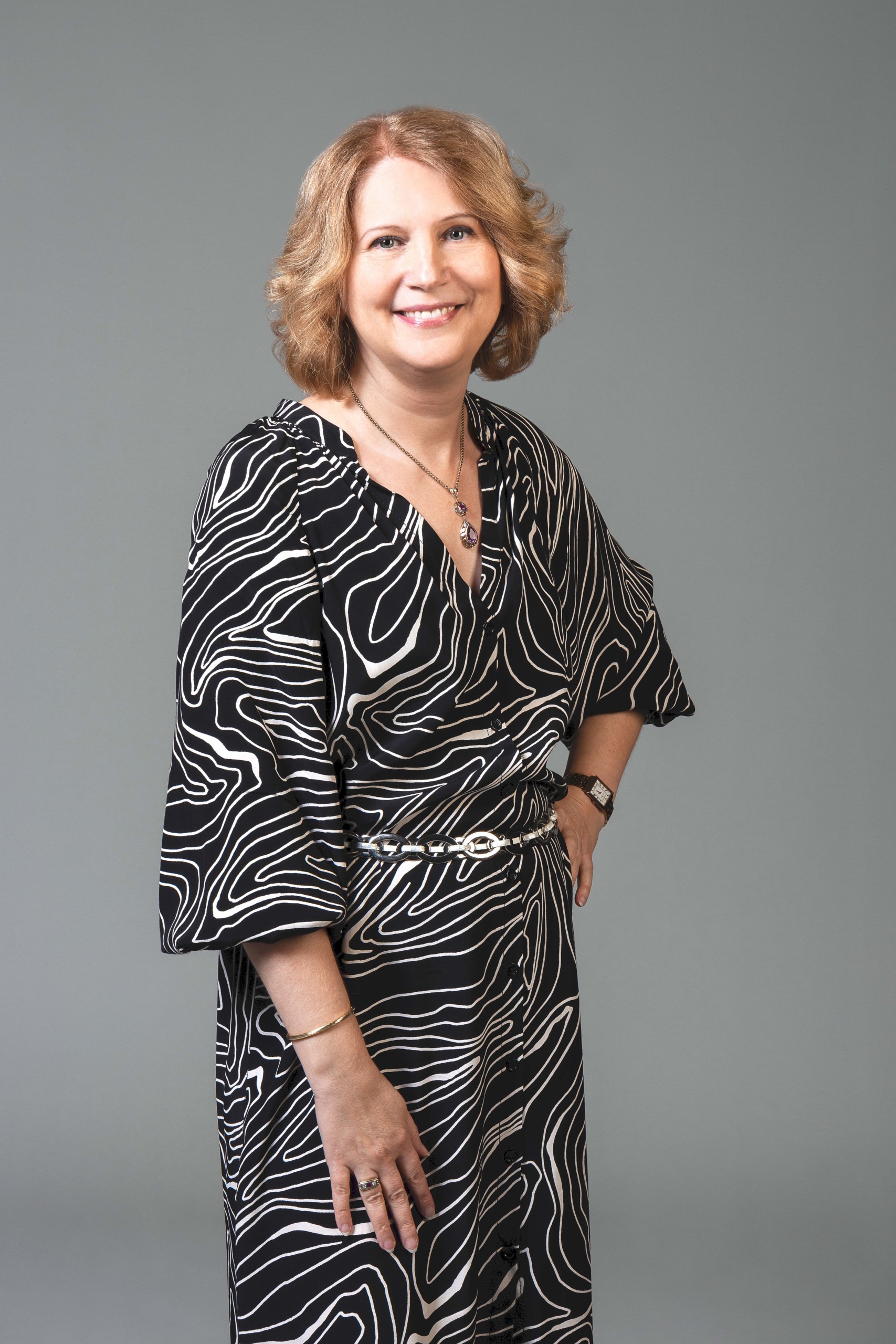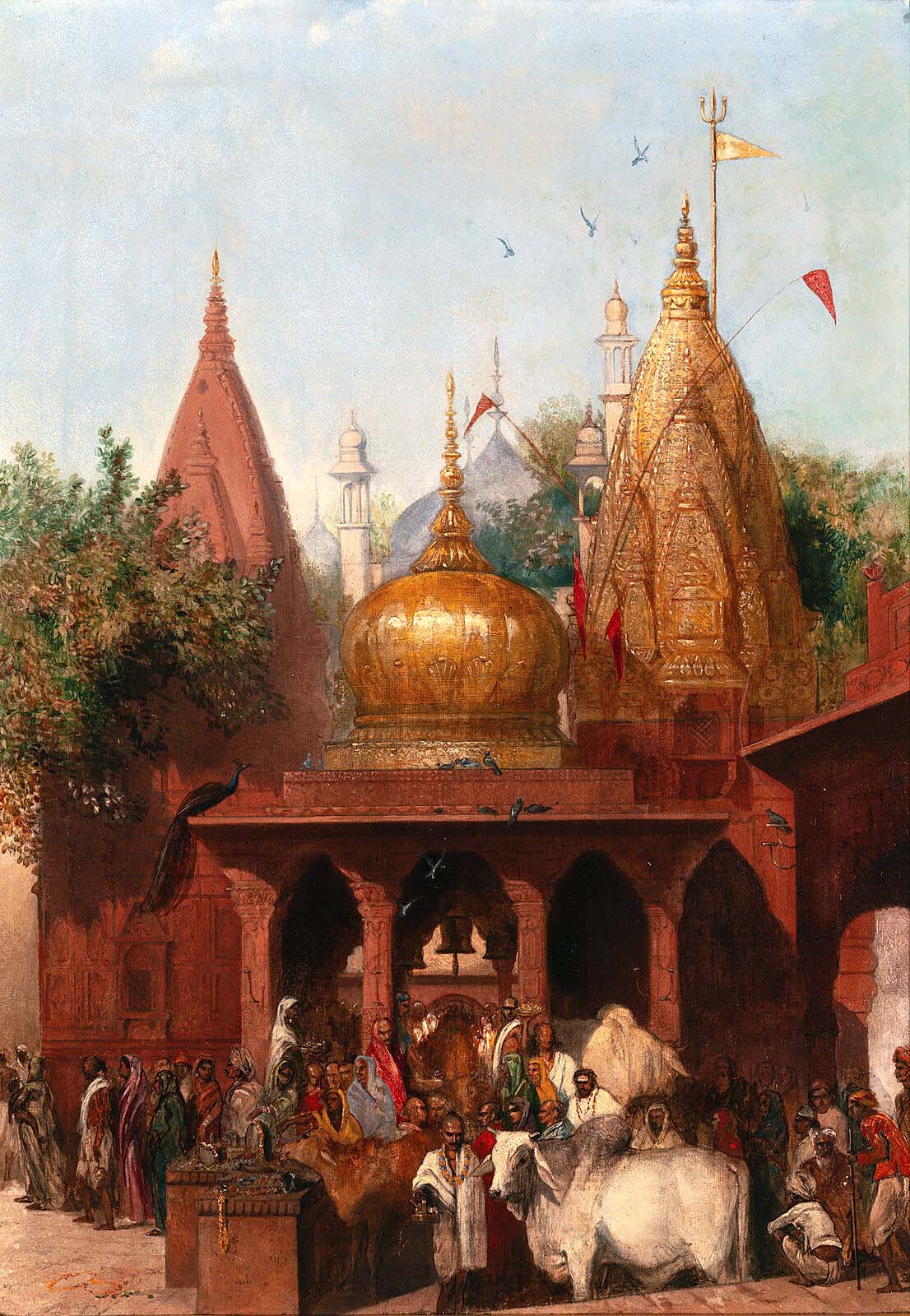
Photo courtesy Freeman’s | Hindman.
For those that pay attention to the staffing of specialists at auction houses, it can sometimes feel like a game of musical chairs, with experts changing firms as markets evolve. Madalina Lazen, previously at Sotheby’s and Bonhams, was been tapped to head up a newly formed Old Master and Nineteenth Century European art department at Freeman’s | Hindman, America’s oldest auction house. She shared some thoughts on making new markets and offered some insights into the current state of the global market.
When did you join the team at Freeman’s | Hindman and what was your first priority when you started?
I joined Freeman’s | Hindman’s Palm Beach office in the summer of 2022, when the art world was undergoing significant shifts. My initial focus was establishing stand-alone European art sales in the Chicago office, separating them from the American art category. Until the end of 2022, both categories had been combined in a single auction and catalog. By 2023, we successfully launched dedicated European art sales that included Nineteenth Century European art as well as Impressionist & Modern works, with an emphasis on Modern art. Gradually, I began incorporating more Old Masters, a category I am quite fond of.
Following the 2024 merger with Freeman’s, I was tasked with building yet another department by further refining the categories — splitting Old Masters & Nineteenth Century European Art from the Impressionist & Modern Art sales. With my longstanding experience in this field, it was a natural fit for me to lead the newly-formed Old Masters & Nineteenth Century European Art department.
Are you building the department from the ground up? Tell us the challenges and rewards involved with that?
While it does feel like I’m starting from scratch again, I feel more prepared and supported this time. Freeman’s already had a history with sales in Old Masters and Nineteenth Century European Art, although those often included Impressionist works. Now, working closely with David Weiss and other seasoned colleagues at Freeman’s | Hindman, I’m fortunate to have a wealth of experience and knowledge to draw on.
One of the biggest challenges is sourcing quality material. Many fine paintings have left the US over the decades, returning to their countries of origin, reduced significantly reducing the available inventory. This scarcity affects larger auction houses, too, making competition for high-quality works increasingly intense.
On the positive side, we’re filling a gap left by other auction houses that have scaled back or eliminated this category altogether. At Freeman’s | Hindman, we offer focused sales of mid-range, high-quality Old Masters, academic paintings and works on paper — pieces that collectors still actively seek but often struggle to find.
In your opinion, what are the advantages of selling with Freeman’s | Hindman?
Freeman’s | Hindman offers comprehensive, personalized services. Clients have direct access to knowledgeable specialists who guide them through every step of the selling process. We pride ourselves on being available and responsive — yes, you can actually reach us by phone!
We operate across six salerooms, with a company shuttle that ensures property can be easily and efficiently transported to the most appropriate location for sale. With 52 collecting categories and a team of long-standing experts — many of whom are familiar faces from The Antiques Roadshow — our depth of experience is a major advantage.
In 2024, we expanded into New York with a location on 67th Street, providing a prestigious venue for single-owner collections, fine jewelry and contemporary art sales.

George Landseer, “The Golden Temple, Benares,” 1861. Sold for $234,950 the highest record at auction for the artist, November 4, 2024. Photo courtesy Freeman’s | Hindman.
How many sales does your department conduct every year?
We hold two major sales per year of Old Masters & Nineteenth Century European Art, aligning with the traditional Spring and Fall auction seasons. Additionally, we conduct one or two online-only sales following the live auctions, offering more moderately valued works.
We’ll hold a combined American & European art sale in late June to close out this Spring season. This auction will feature a diverse selection of affordably priced artworks, including Impressionist art.
What are some of the strong sales results you’ve achieved for the company, to date?
One highlight was the sale of George Landseer’s (nephew of Sir Edwin Landseer) “The Golden Temple, Benares,” 1861 — which realized $235,000 in November, setting a new auction record for the artist. The work depicted the Golden Temple of Benares, known for its dazzling golden dome, which is said to have been gilded with a ton of gold donated by a local Maharaja. The subject matter likely contributed to the unexpectedly high demand, as Landseer’s previous auction records didn’t suggest such interest.
In 2023, I was thrilled to achieve another artist record with the sale of Charles Amable Lenoir’s “Pandora,” (1902), whose work evokes the spirit of Bouguereau. It sold for $176,000. Additionally, we’ve seen strong results for works by Lê Pho and Vu Cao Đàm in both 2023 and 2024.
You’ve just closed your April 29 sale. What are your thoughts on the current market?
The sale proved more challenging than expected, though this is understandable given the current political and economic climate. On a positive note, the Old Masters performed well, suggesting continued strong interest in that category. In contrast, the market for Nineteenth Century paintings remains more difficult. That said, high-quality, fresh-to-market works with realistic estimates saw strong results, such as the newly discovered “A Highland Loch after the Storm” by Edwin Landseer, which sold for $60,800, and a compelling “Portrait of James Abbott McNeill Whistler” by Walter Greaves, which achieved $48,000. The latter was sold on behalf of the Atlanta History Center, with proceeds supporting the care and preservation of their collections.
—Madelia Hickman Ring




